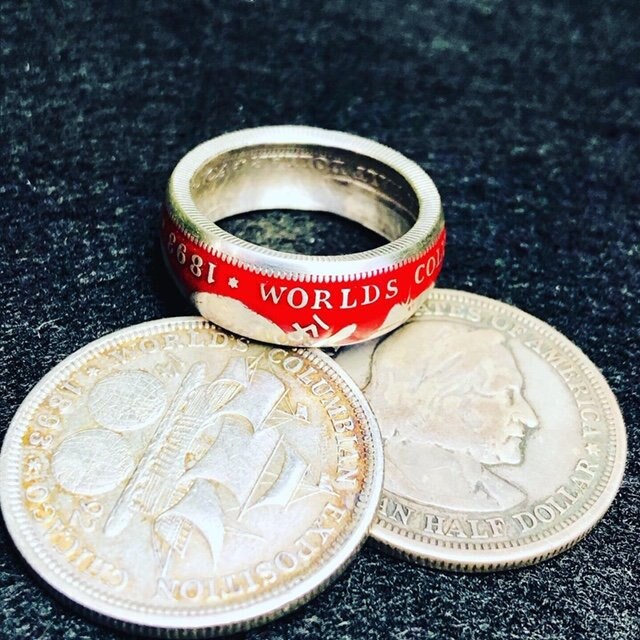

Quite a few esters translate to Granny Smith apples in the pan and quite a bit of vanilla. The nose is pleasantly sweet, a tad candy-like and young. I confess that I don't really know what the difference is with that other release that appeared at the same time under the name 'Lindores Abbey Single Malt Scotch MCDXCIV', because the composition is the same, the alcohol percentage is the same.

For that, we must turn the clocks back yet another decade further to 1974, when the West Point Mint began striking Lincoln Cents without a mintmark to supplement production of the one-cent coin for the Philadelphia Mint.Last summer the long-awaited first release of this new Lowland distillery appeared (at least the one that was made available to the general public). While the 1984 $10 Olympic commemorative was the first United States coin to bear the “W” mint mark, it was not the first to be struck at West Point. Regular-issue prices were $339 for the business strikes, while proofs sold for $352. There was a total of five purchase options for the 1984 $10 Olympic gold, with the Philadelphia, Denver, San Francisco, and West Point Mints all issuing proof versions and the West Point kicking in an additional fifth variant with its uncirculated finish offering. But when the first $10 Olympic gold coins were struck at what was then the West Point Bullion Depository on September 13, 1983, the public was especially hungry for new United States gold coinage, long absent from the mint’s production lineup. The 1984-W $10 Olympic commemorative gold coin saw a mintage of 75,886 business strikes and 381,085 proofs – an outstanding output, especially considering the relatively small productions of gold commemoratives today. Modern Gold Commemorative, 1984-W $10 Olympic, PCGS MS70.


 0 kommentar(er)
0 kommentar(er)
